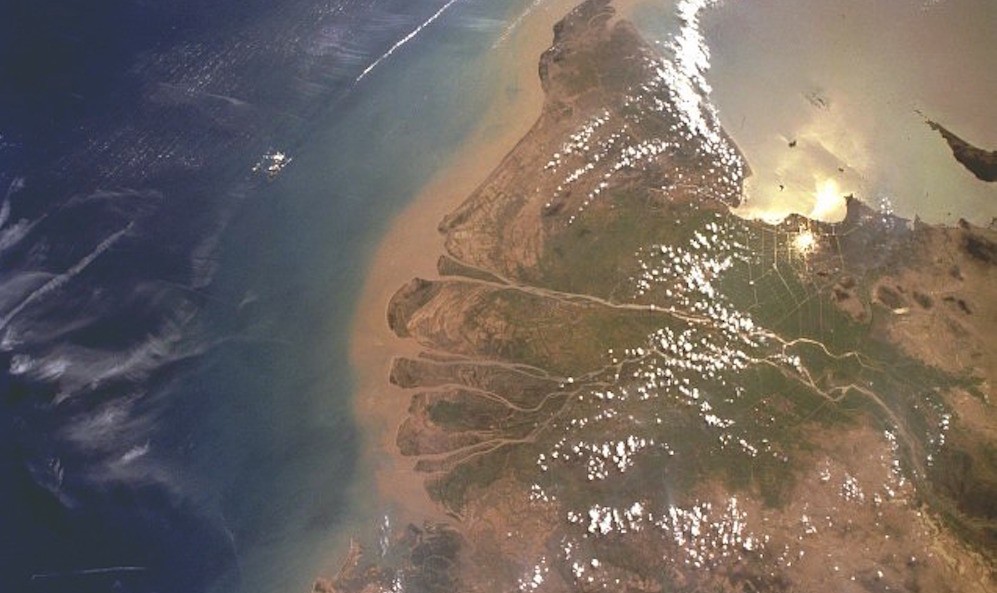Mekong Delta farmers turn to indigenous rice strain to counter unpredictable floods as upstream dams affect water flow
Tag: upstream dams
Major rivers of Vietnam’s Mekong Delta become unusually deeper
Vietnamese scientists have warned of the unusual increase in the depth of two major rivers in the Mekong Delta, with sand mining and hydropower dams said to be the cause.
According to experts, instead of being accreted, the 250-kilometer long Tien (Front) River and 200-kilometer Hau (Back) River have become five to seven meters deeper since 2008.
The Mekong separates in Phnom Penh into the Tien River, the main northern branch, and the Hau River, the primary southern distributor, after entering Vietnam.
International reports warn about disintegration of Mekong River Delta
A research work by the National University of Singapore on the impact of the Manwan hydropower dam in China in the Mekong Delta showed that 160 million tons of sediment flowed to the delta each year in the past, before the dam was built.
Since the dam was put into operation, the figure has dropped to 75 million tons.
Mekong Delta loses half of silt to upstream dams: scientists
Le Van Nam has difficulty sleeping at night thinking of the fall in yields year after year on his rice field allegedly due to less silt being washed down the Mekong River because of upstream dams.
“In the last winter-spring crop, my 5,000 square meters only produced 3.5 tons of rice while it was four tons the previous year,” the farmer from An Giang Province said.
Declining flows down the Mekong River due to the building of dams upstream have been partly blamed – as have severe droughts — for reduced yields and worsening erosion in the delta.
According to the An Giang Department of Agriculture and Rural Development, floods in the 4,900-km river used to bring silt and fish.
However, declining flows in recent years have made the land less fertile.





